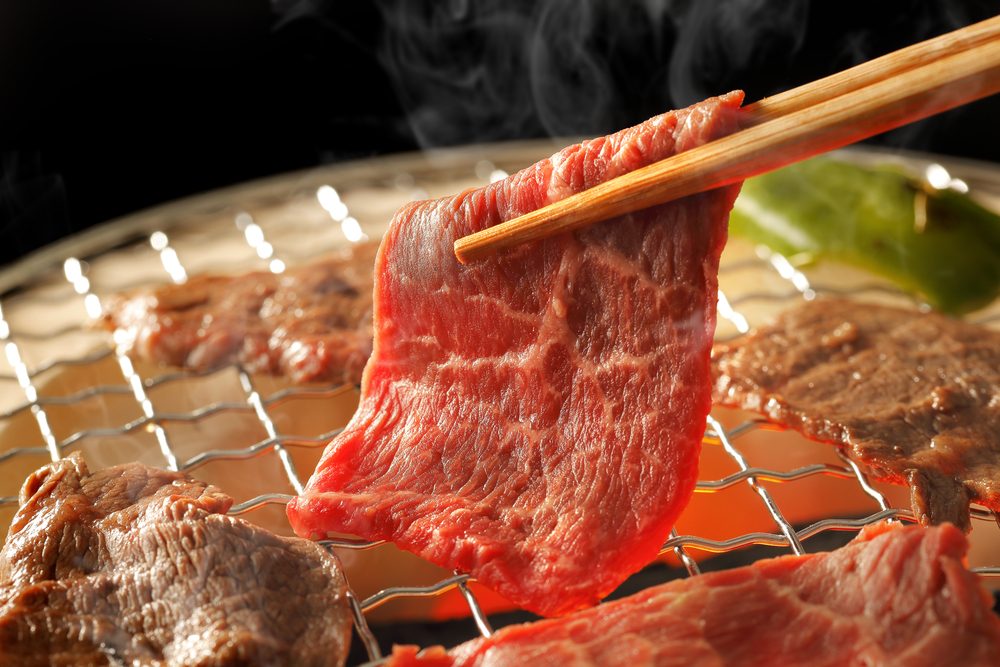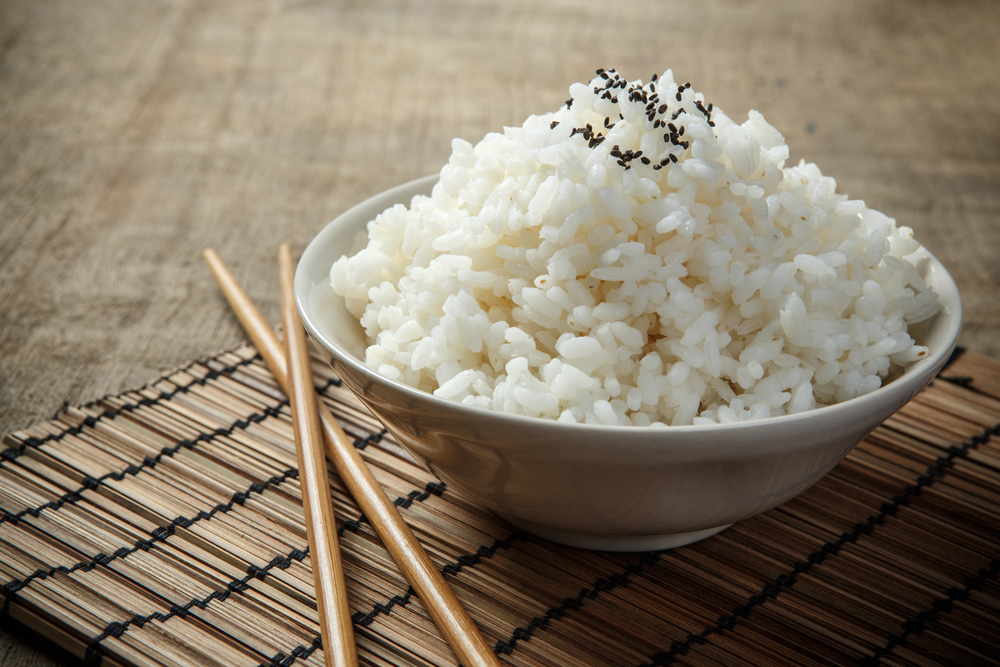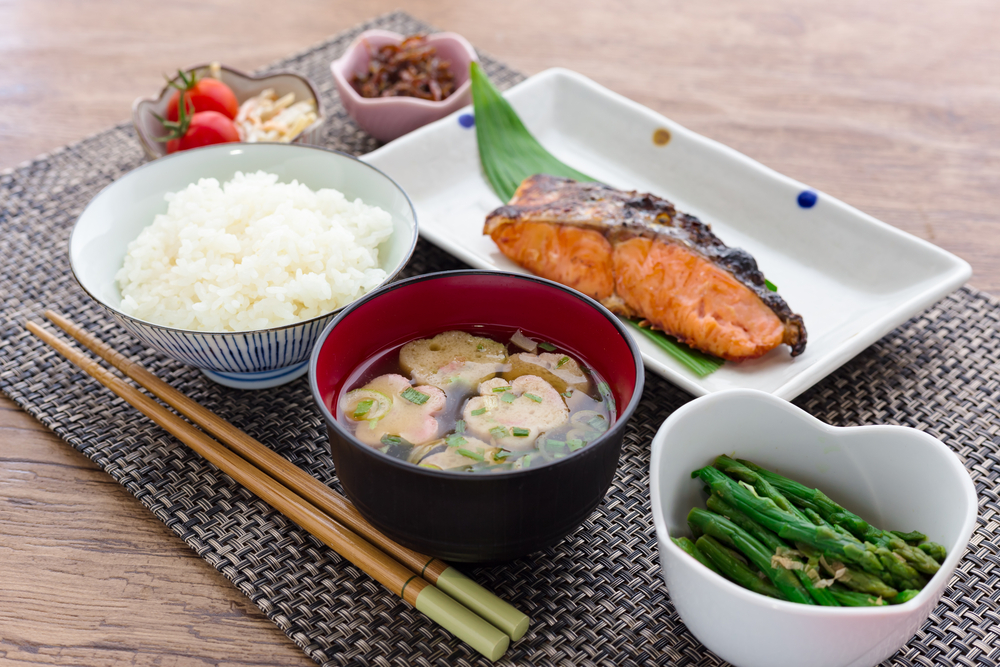Have you ever wondered why Japanese women look young and fit despite their age?
On average, nobody lives longer than Japanese women. A research revealed that their life expectancy is 87 years. This remarkable longevity is probably to be partly caused by their eating habits
It is indeed a common misconception that the Japanese only eat sushi. In fact, their diet is diverse and very nutritious. No wonder Japanese can keep their body shape and even live longer than those who have unhealthy eating habits.
So, are you curious about the healthy Japanese eating habits? Here we list their food habits that are responsible for their incredible longevity.
They eat with their eyes

No, it is not literally like how it says. According to Naomi Moriyama, co-author of Japanese Women Don’t Get Old or Fat: Secrets of My Mother’s Tokyo Kitchen, Japanese serve their foods with beautiful portion control in pretty little dishes and plates. Moreover, they also choose lower-calorie foods. When your food is beautifully served, you’ll want to slow down to savor every bite, which means eating less, because it gives your brain time to realize your body is full.
The right cooking methods

Deep-frying is not a common cooking method for Japanese. They cook their food mainly by stewing, steaming, grilling, or pan-frying with minimal oil. That’s the beauty of Japanese cuisine: their cooking methods are trying to accentuate the natural beauty, color, and flavor of the foods.
Rice is a staple

The Japanese diet includes huge amounts of rice. A small bowl of rice is served with almost every meal, including breakfast. A low-fat, complex carbohydrate rice helps fill you up on fewer calories, leaving less room in your belly for fattening foods like packaged cookies and chips.
Never leave breakfast

It is a common sense that breakfast is the most substantial meal of the day. Japanese breakfast normally contains several dishes such as rice, fish, omelets, miso soup, and soy dish with greens, seaweeds, and tea. A big breakfast will make you full longer, so you can control the portion of your lunch.
Fish instead of meat

Although Japan accounts for only 2% of the world’s population, its people eat 10% of the world’s fish. Japanese favorite fishes like salmon, fresh tuna, mackerel, sardines, and herring are a great source of omega-3 fatty acids, which are known for their heart-health and mood-boosting benefits (Sashimi, anyone?). Japanese eat less red meat (exception for certain menu like yakiniku or shabu-shabu), which contains saturated fat that, if eaten to excess, can lead to obesity and heart disease.
Fresh desserts

A typical Japanese dessert is not a cake or ice cream. Their favorite dessert is an assortment of seasonal fruits, peeled, sliced, and arranged on a pretty plate. Or sometimes, they also choose mochi (Japanese glutinous rice cake) as their light dessert. Yes, they also enjoy sweet desserts, but they’re usually offered in smaller portions and subtler flavors.





